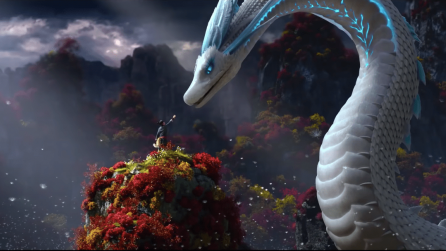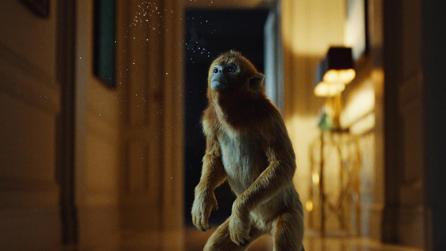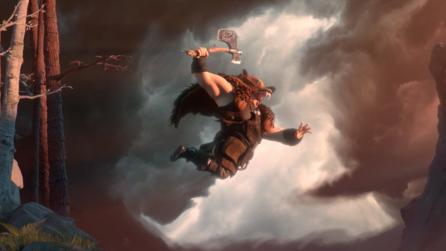Artist Spotlight: Allen Grippin
Uncovering a world of game art and Mari with Allen Grippin
Allen Grippin’s passion for art started at an early age.
Starting with tattoo art, Allen found himself intrigued by unique and dynamic work and became adept with a pencil. Later on, after acquiring his first Wacom tablet, he was introduced to digital art and became addicted to Manga Studio 5—software that teaches people how to draw cartoons and Manga.
It wasn’t until much later that Allen became aware of 3D art, after his sister downloaded Mudbox onto his computer.“When I woke up and stared into this program, I had no idea what it was and formerly had no experience with 3D software at all,” he tells us. “ I immediately sat down and started playing it and couldn’t stop. I became obsessed with 3D art in all its forms from that day forward.”
Since then Allen’s artistic world has centered around all things 3D. Now, living in New Mexico, Allen works for Maya Virtual and spends his working days creating game props and characters. In his free time, he is never far away from the third dimension either, creating his own personal artwork inspired by his favorite video games and using Foundry’s own texturing tool Mari to perfect his art.
We caught up with Allen to discuss how his first few months of using Mari have been, insights into his career and his thoughts on the upcoming Mari release.
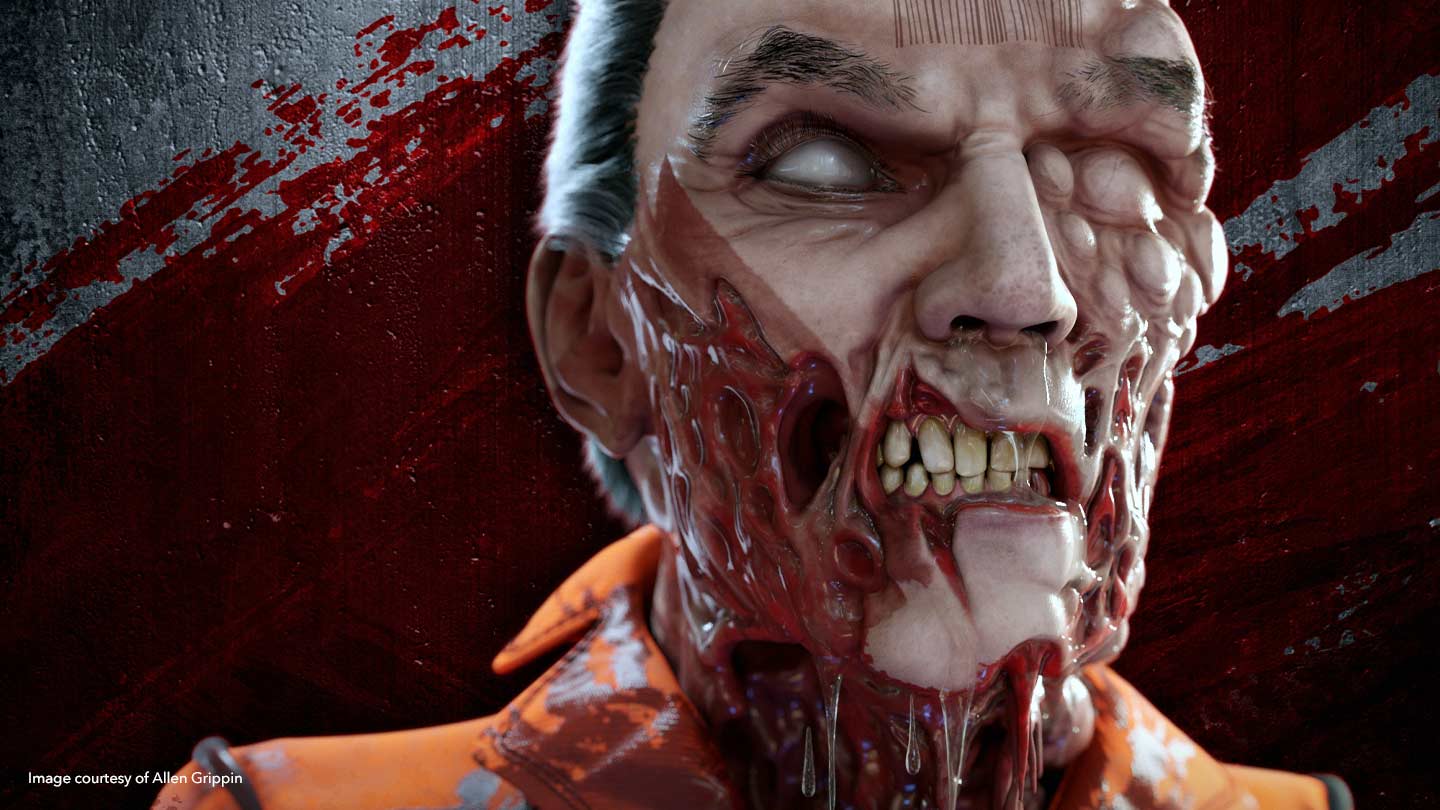
Q: Can you give some insight on your career so far—are there any challenges you faced, or anything you’re particularly proud of?
A: As a career, 3D art has a monumental learning curve. I’ve worked on a lot of different things as a freelancer; everything from game props to book covers. Even to this day, I never stop learning new things, and I wouldn’t have it any other way. Constant innovation is part of the culture, it’s fun and exciting to watch it evolve—things just keep on getting easier.
My biggest challenge was learning to become detached from my art on a personal level. Learning how to be comfortable doing constant reiterations and being completely flexible, working in a team under scrutiny was a hard thing to adapt to. Especially when you love a piece of art and your boss comes along and asks you to change it.
As for things I’m proud of, I have a unique way of looking at art. I summarize it with a quote: what an artist creates belongs to the world. I’m not attached to my work and routinely create assets for free, downloadable and usable by the public with no strings attached. Most of my art—if it’s not made specifically for a client—is free to use.
If I find someone using or even selling my work, it doesn’t affect me much, except perhaps as a compliment. This has to do with my own nihilistic views: I hold that my art will outlive me and will be around long after I’m gone—it doesn’t actually belong to me or anyone.
This has made me popular among the indie game dev community, and on Sketchfab for whom I have hosted a few contests—and will be hosting another in February.
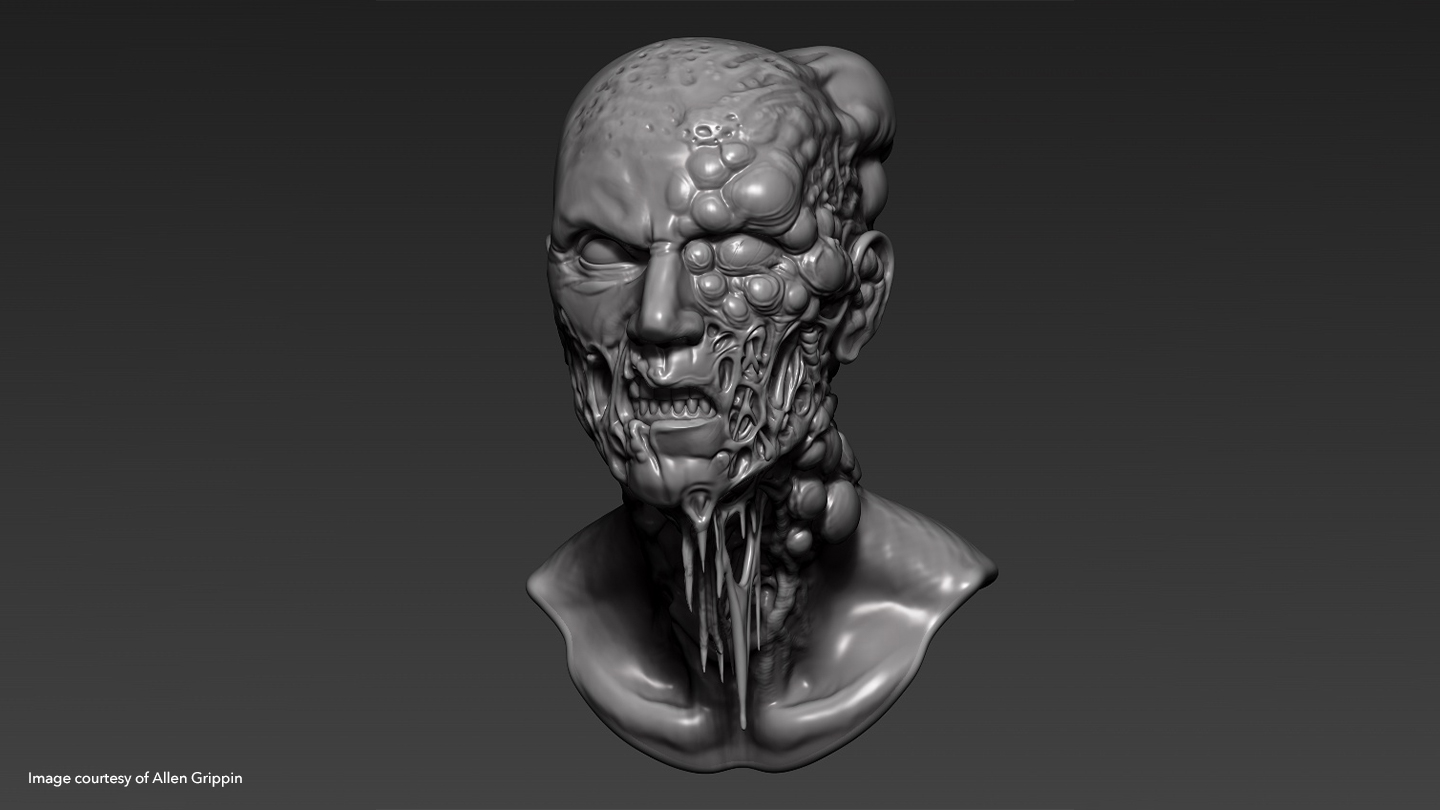
Q: Can you give some insight into your experience working with Mari?
A: My experience in Mari is only a few months deep at the time of this writing. I love learning new software and a beast like Mari is a very powerful tool. I’m still only scratching the surface of what is possible.
When texturing on my personal time, I use Mari exclusively. I enjoy the software and the process, and I want to learn all there is to know.
At work—which currently means at home with the ongoing pandemic—I combine Mari with Substance, Marmoset, Zbrush and a variety of other software more suited to game development. While game dev work is not Mari’s forte, it’s excellent for adding a serious punch to high-quality assets and characters. I’ve also quickly discovered that it’s indispensable alongside Zbrush.
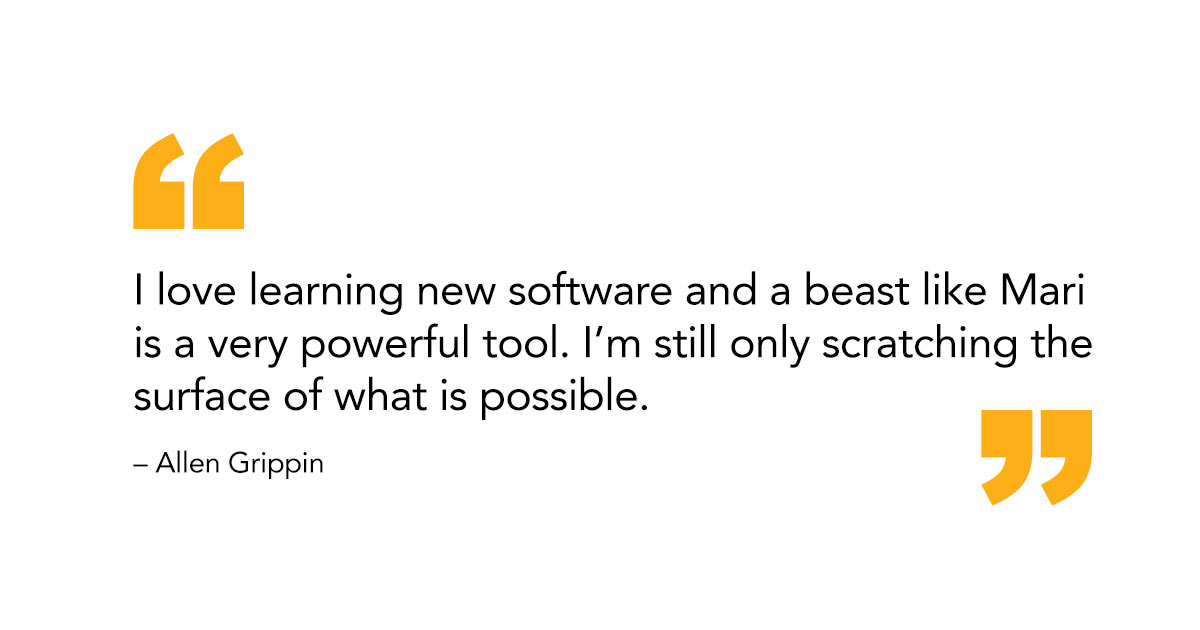
Q: What influenced your decision to purchase Mari?
A: My interest in Mari started on Artstation, where I watch artists churn out amazing jaw-dropping characters and models for film and visual effects (VFX). That’s where my heart is really set and where my fascination is taking me.
I want to make amazing models too. I want to create gorgeous high-res assets that are of a higher grade than your typical video game prop. I’m brand new and I don’t yet know a lot about VFX workflows but I’m passionate and confident in my ability to grow and learn.
Art of the VFX standard is new and foreign to me, but Mari has already become a worthwhile investment and a cornerstone in my research. It’s enjoyable, and it’s where all my personal time goes nowadays.
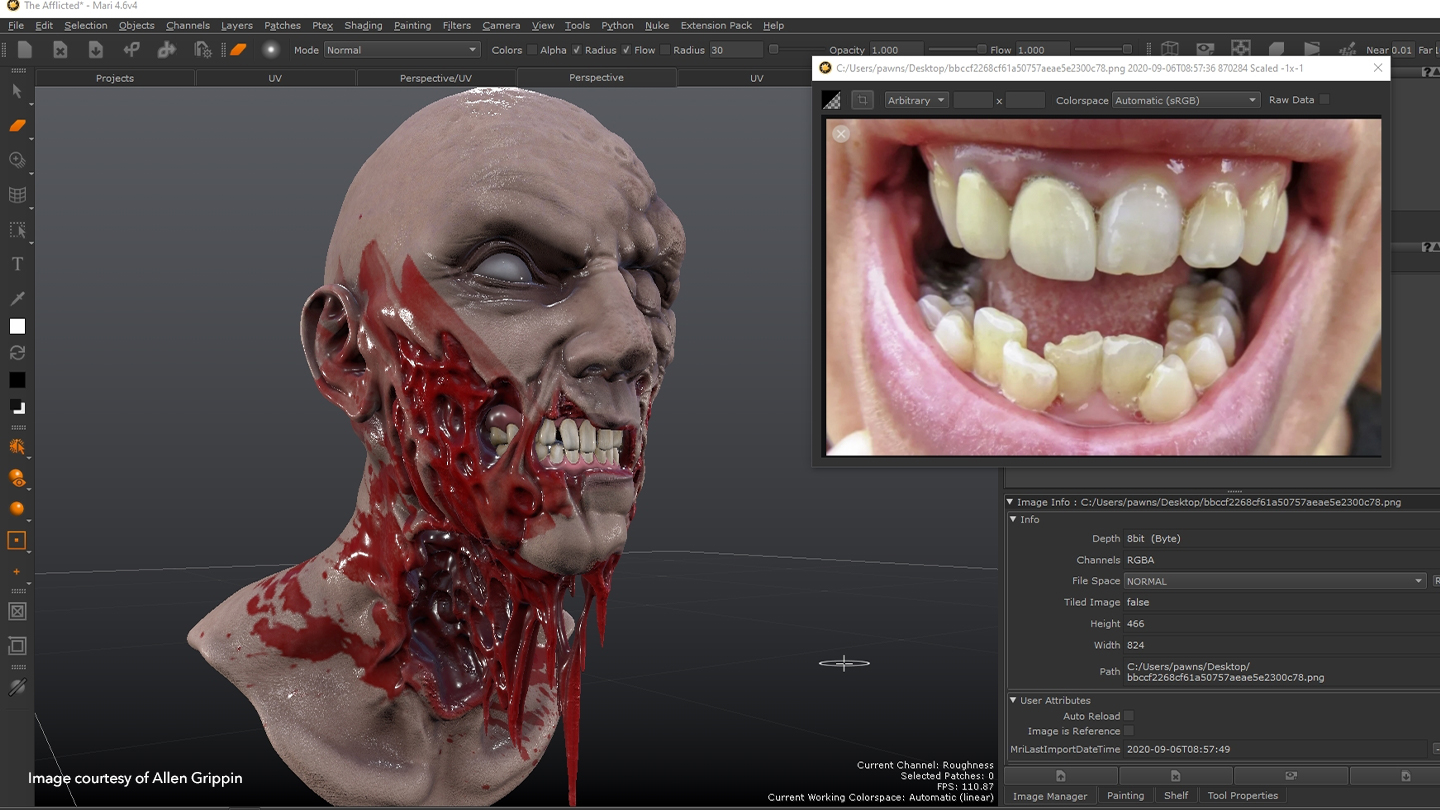
Q: Can you talk us through your first few months of using Mari?
A: I’ve been using Substance Designer and Substance Painter so much that the texturing process has become easy. I’ve also spent a lot of time in shader graphs. It’s all a matter of adding layers of detail and mixing procedural noises to produce the desired result.
If you know your blending modes, the rest is easy.
I was texturing in Mari in a very short space of time, made even easier with the help of Michael Wilde’s outstanding starter tutorials. From there I attacked Meshmen’s videos online and learned how to work in the node graph.
AnsleyCG offers another fantastic set of tutorials for Mari. His channel is relatively new and doesn’t seem to be widely well-known, but the videos are concise and well made—new users should definitely check them out.
Q: How does Mari support your texturing craft? What benefits does it bring?
A: The ability to create a procedural displacement map, using fancy projection and warp tools is powerful—I feel as though I’ve leveled up.
At work, Mari actually speeds up my ability to reach a higher level of quality in a game asset. I can work up to a certain extent in Substance using procedural effects and smart materials, and then port it all over to Mari to use photos and projection methods to add more punch to the textures.
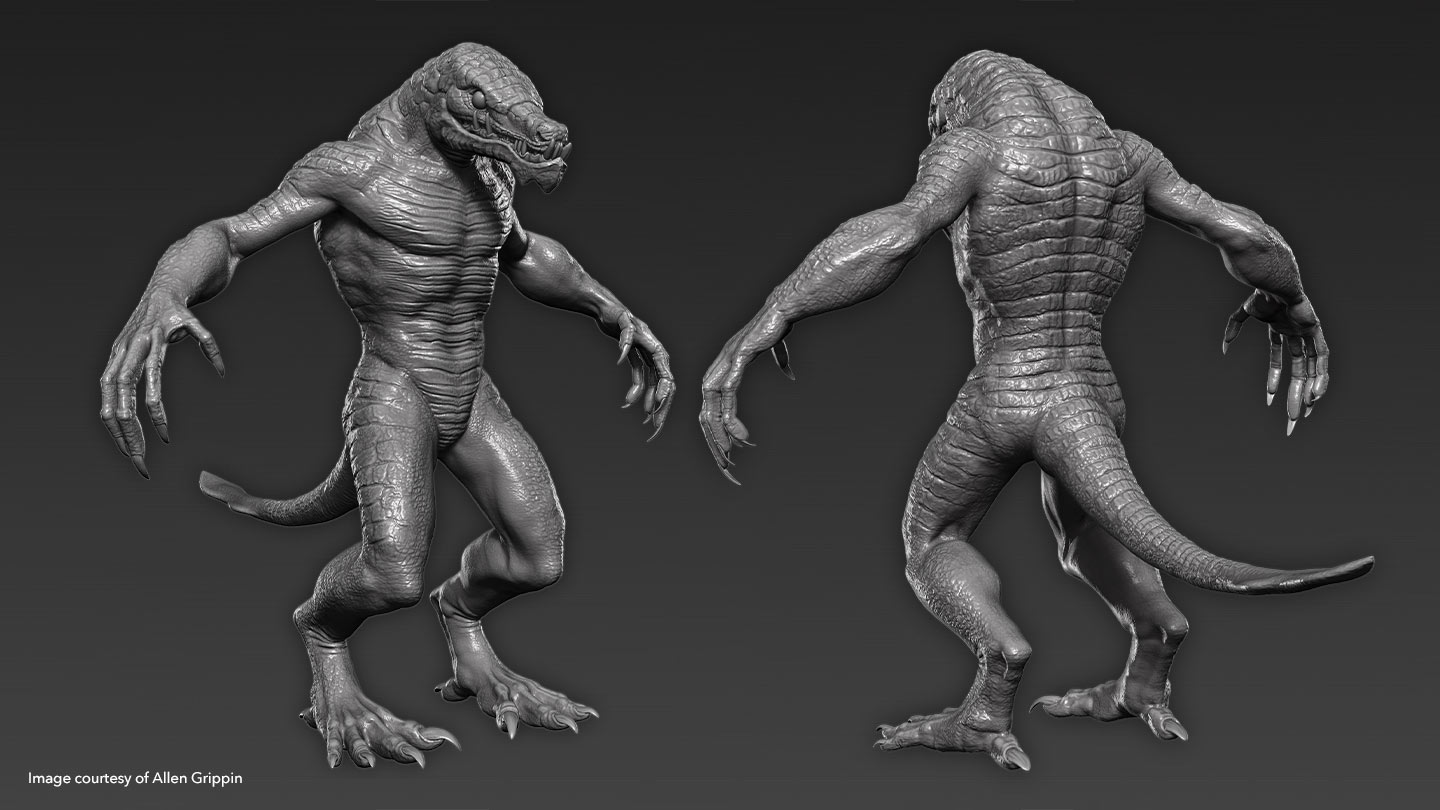
Q: What features do you like using in Mari? Do you have a favorite feature? Why is it your favorite?
A: My favorite feature in Mari is the node graph, hands down. The node graph is wonderful to have alongside the regular painting tools. Comparatively, working with layers sucks.
Q: Do you see any benefits to Node Graph painting over the Layerstack?
A: My experience with the node graph in Mari came naturally. I was already accustomed to working with a variety of node graphs and Mari’s was easy to learn, so I quickly became comfortable in it. A node graph approach is superior to a layer set up in every way—that’s not even my opinion, it’s fairly evident. The ability to pipe any node into any other node, such as making a roughness map out color input for a specific part of a creature, isn’t nearly as easy to do with layers. In the node graph, I can quickly generate a single noise, and then pipe it out to every channel with minor adjustments for each. From there, I can make adjustments at the root level that affect all channels at once.
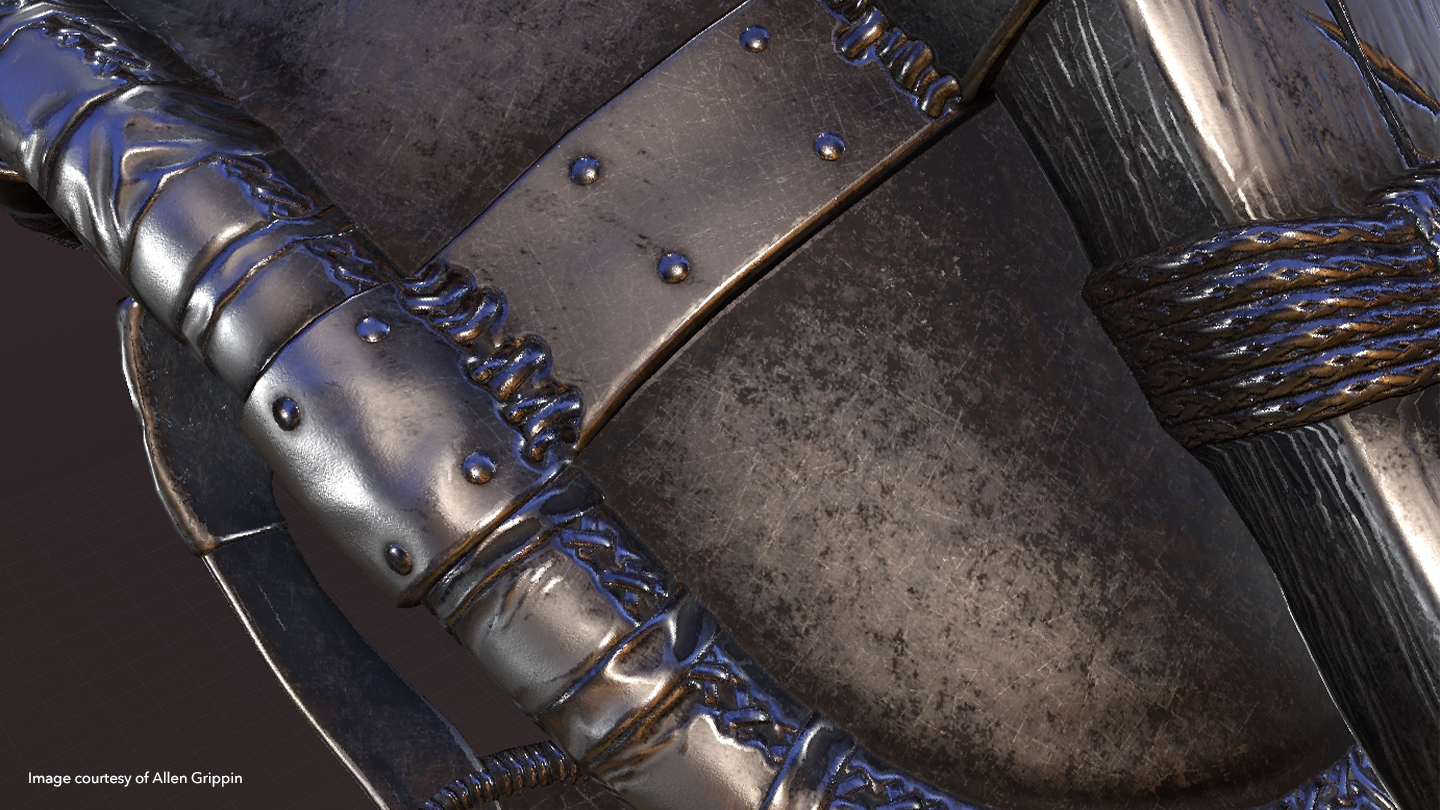
Q: What are you enjoying most about the version of Mari you’re working in? What are you excited about in upcoming Mari releases?
A: In the current version of Mari, the most enjoyable thing for me is those amazing projection tools which I use quite a bit.
In the future, I am hoping that the devs take a look at adding filter points, particularly a procedural blur if possible. This one single little thing would be extremely helpful to procedural artists and feels quite a bit like driving a motorcycle with a missing lug nut somewhere. But for now, a bake-to-paint node will do the trick.
I would also love to have an updating library of HDRIs that generate proper thumbnails and store them upon closing.
Q: How are you enjoying the Mari 4.7 beta? Any stand out improvements or features?
A: I am loving the revamped library and performance in Mari 4.7. I have designs to create a library of smart materials for the software, and I can’t wait for the official release!
Q: Your texturing expertise extends across characters, props and environments. What’s your favorite asset to texture, and why?
A: I love doing high-quality, non-game props and assets. I want to create high-quality assets, without regard to restricting low-topology constraints or resolution maximums. VFX is where I want to be, and that’s where a large part of my personal time and research has been going recently. As for characters vs props and environments, it’s all the same to me—I love them both.
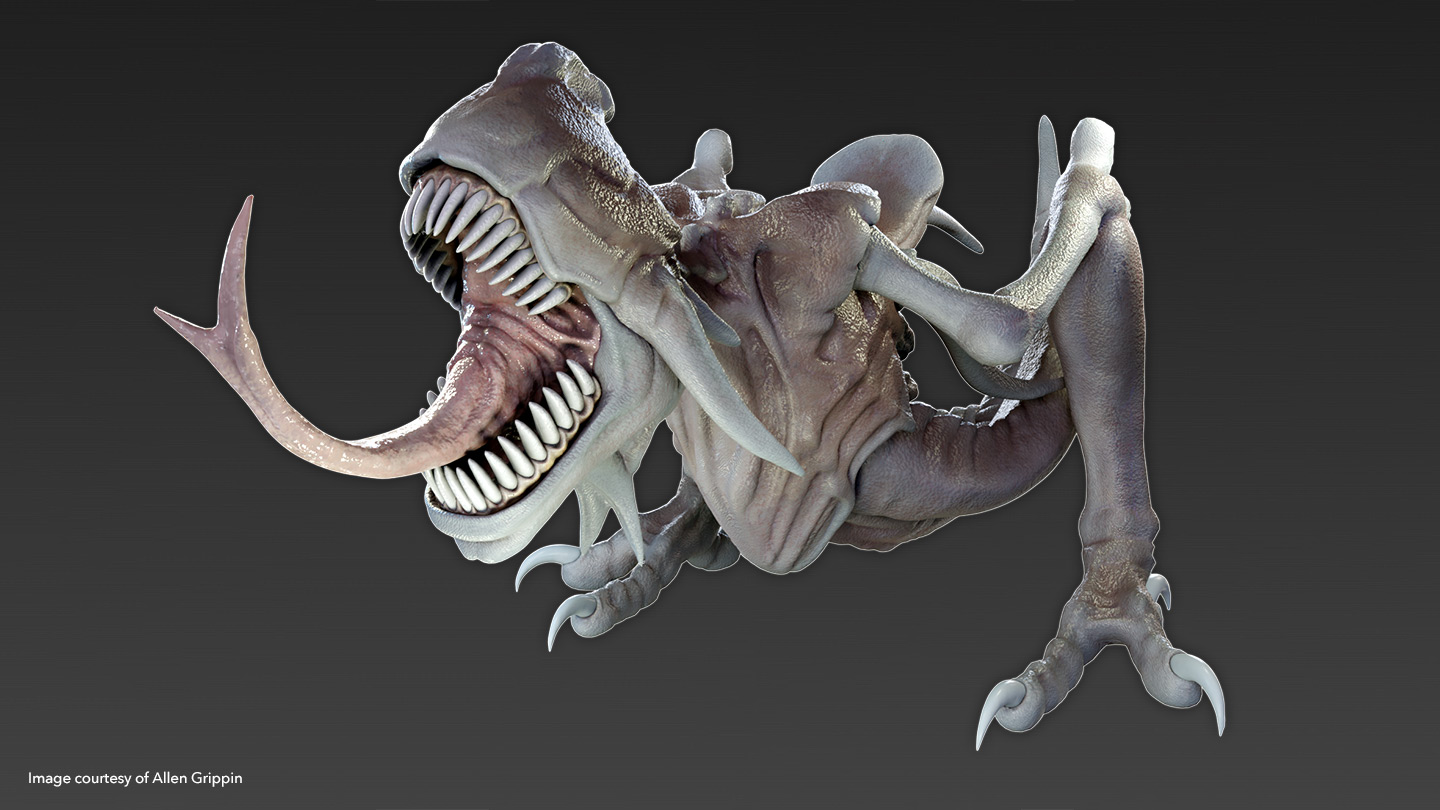
Q: What sources of inspiration do you draw from when it comes to creating your artwork?
It’s hard not to be inspired! A mere google search will do it. Pinterest, Artstation…but one of the biggest inspirations for me has always been Sketchfab.
Q: What inspired you to get into the game industry and create game art?
My little brother, Tim, got me into game art. Many years ago we’d be working in Unity to make all sorts of crazy environments and fun half-baked iterations. It was very enjoyable. He is very experienced in that field and taught me a lot about the nuances of development & optimization. It was a huge compliment to my own research and guided me down a path to making game art as a career.
Q: Do you have a favorite game you pull inspiration from? What game genres do you like? How do these influence your work?
A: Resident Evil, Silent Hill and Dead Space. Man, I loved those games. I’m a huge horror fan and survival games, in particular, can make you sweat. Since my brother was also a huge Dead Space fan, our test projects were often sci-fi, and the shape language of proper sci-fi games like Halo and DOOM inspired me a lot.
Check out Allen’s Artstation and be inspired
